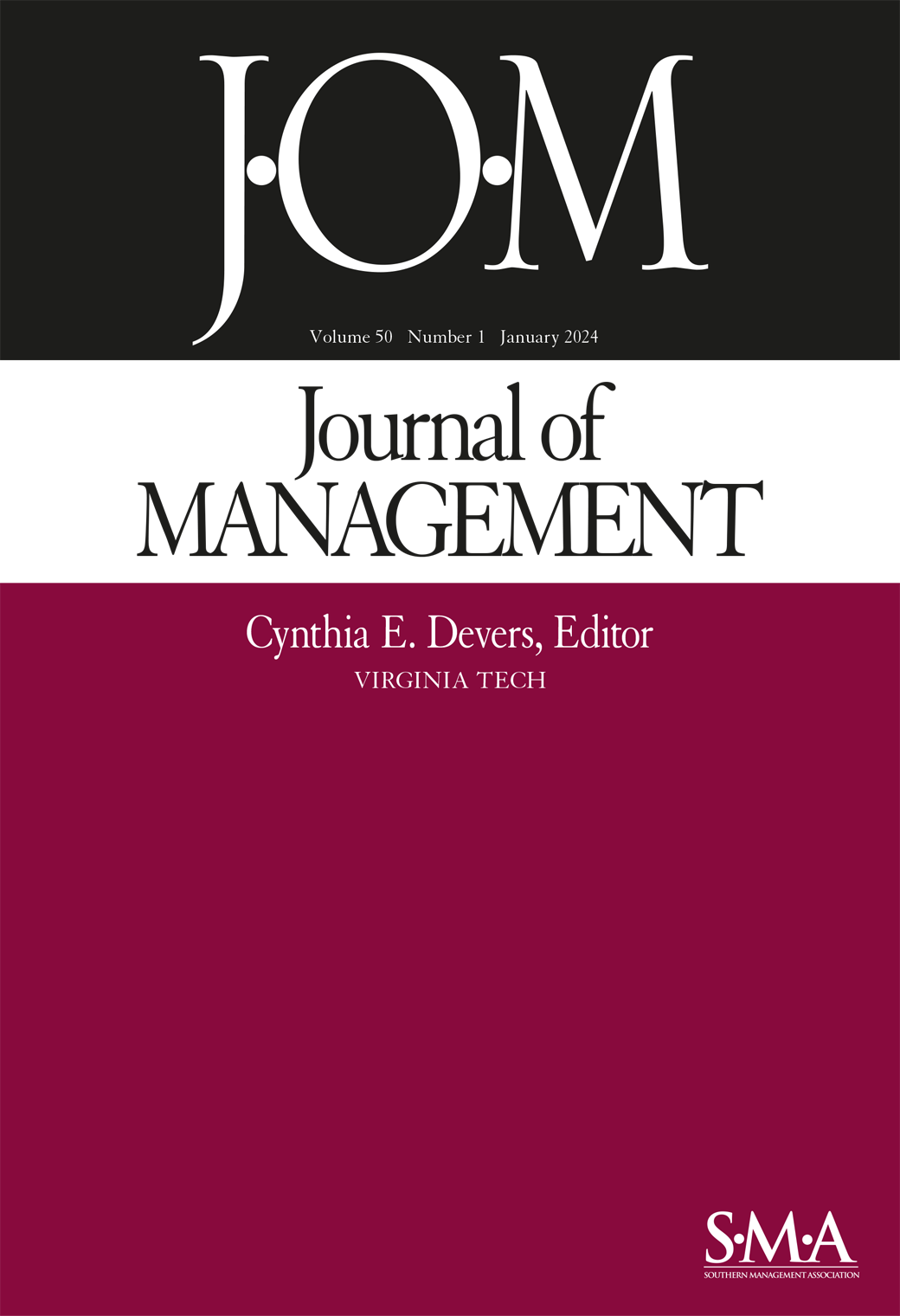物理工作环境:综合评论与未来研究议程
IF 9
1区 管理学
Q1 BUSINESS
引用次数: 0
摘要
本综述考察了物理工作环境(员工执行其专业任务的专用、有形空间)对组织流程和结果的影响。我们综合了几十年来在各个学科的研究,使用一个概念框架,定义物理工作环境沿着三个关键维度:氛围,空间配置和美学。分析这些维度对内部利益相关者(如员工)和外部利益相关者(包括客户、供应商和投资者)的影响。我们的分析揭示了先前研究的两个主要主题:(1)任务完成,主要关注物理工作环境如何影响身心健康、动机和态度以及工作过程;(2)资源地位,探讨这些环境如何影响公司的有形资源地位,其吸引和留住人力资源的能力,以及塑造无形资产,如组织文化和声誉。该研究还强调了现有研究中相互矛盾的发现和方法上的局限性,并提出了未来的研究议程。通过提供理论见解和实践指南,本工作旨在指导学者和管理人员理解如何设计物理工作空间以改善组织成果,特别是在企业适应COVID-19大流行后不断变化的工作安排的情况下。本文章由计算机程序翻译,如有差异,请以英文原文为准。
Physical Work Environments: An Integrative Review and Agenda for Future Research
This review examines the effect of physical work environments—the dedicated, tangible spaces where employees carry out their professional tasks—on organizational processes and outcomes. We synthesize decades of research across various disciplines using a conceptual framework that defines physical work environments along three key dimensions: ambience, spatial configuration, and aesthetics. These dimensions are analyzed for their effects on both internal stakeholders, such as employees, and external stakeholders, including clients, suppliers, and investors. Our analysis reveals two major themes in prior research: (1) task accomplishment, which focuses on how physical work environments influence physical and mental health, motivation and attitudes, as well as work processes; and (2) resource position, which explores how these environments impact a firm’s tangible resource position, its ability to attract and retain human resources, as well as shape intangible assets such as organizational culture and reputation. The study also highlights contradictory findings and methodological limitations in existing research and proposes future research agendas. By providing theoretical insights and practical guidelines, this work seeks to guide both scholars and managers in understanding how physical workspaces can be designed to improve organizational outcomes, particularly as firms adapt to evolving work arrangements following the COVID-19 pandemic.
求助全文
通过发布文献求助,成功后即可免费获取论文全文。
去求助
来源期刊

Journal of Management
Multiple-
CiteScore
22.40
自引率
5.20%
发文量
0
期刊介绍:
The Journal of Management (JOM) aims to publish rigorous empirical and theoretical research articles that significantly contribute to the field of management. It is particularly interested in papers that have a strong impact on the overall management discipline. JOM also encourages the submission of novel ideas and fresh perspectives on existing research.
The journal covers a wide range of areas, including business strategy and policy, organizational behavior, human resource management, organizational theory, entrepreneurship, and research methods. It provides a platform for scholars to present their work on these topics and fosters intellectual discussion and exchange in these areas.
 求助内容:
求助内容: 应助结果提醒方式:
应助结果提醒方式:


